
BY DANIELA GIRALDO – APRIL 20, 2024
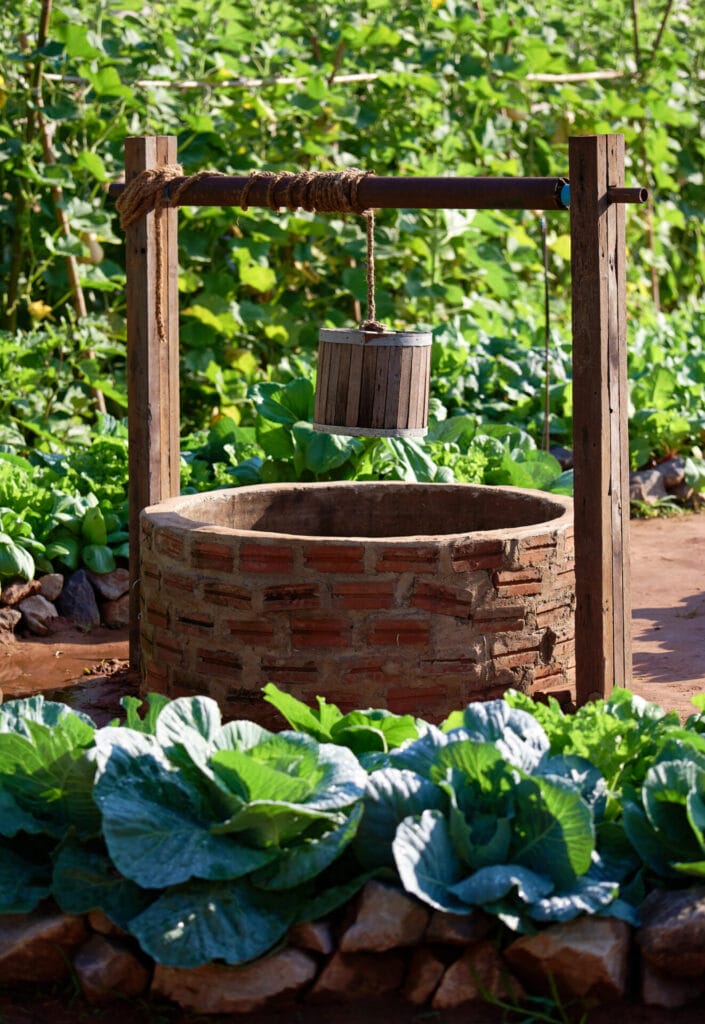
In the realm of landscaping and backyard design, ensuring proper drainage is paramount for maintaining the health and aesthetics of your outdoor space. One effective solution gaining popularity is the implementation of dry wells. These ingenious structures efficiently manage excess water, preventing issues like erosion, waterlogging, and flooding. In this comprehensive guide, we’ll delve into various dry well design variations tailored to suit diverse backyard needs, providing insights into their functionality, installation, and benefits.
Dry wells, also known as soakaway pits or French drains, are subsurface structures designed to collect, retain, and gradually disperse excess water into the surrounding soil. Unlike traditional stormwater management systems that channel water away from the property, dry wells facilitate infiltration, allowing water to percolate naturally into the ground. This eco-friendly approach not only mitigates runoff but also helps replenish groundwater resources.
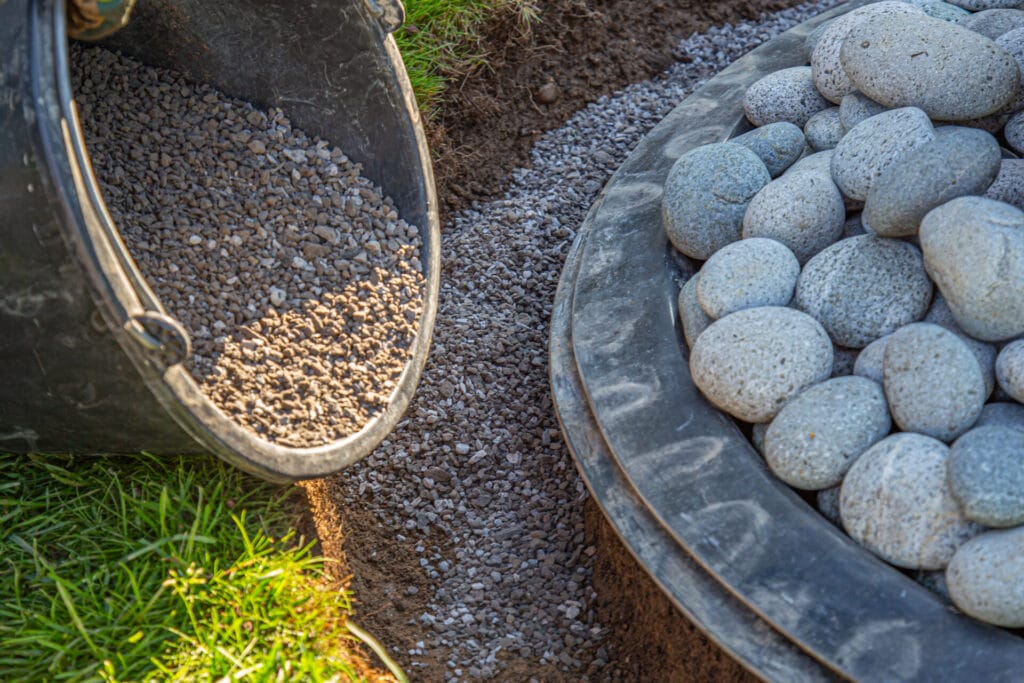
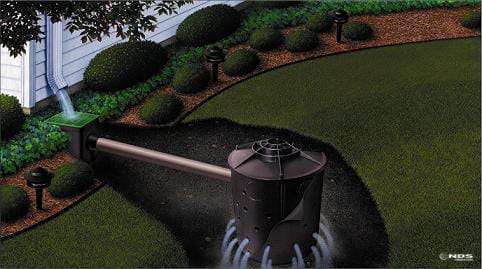
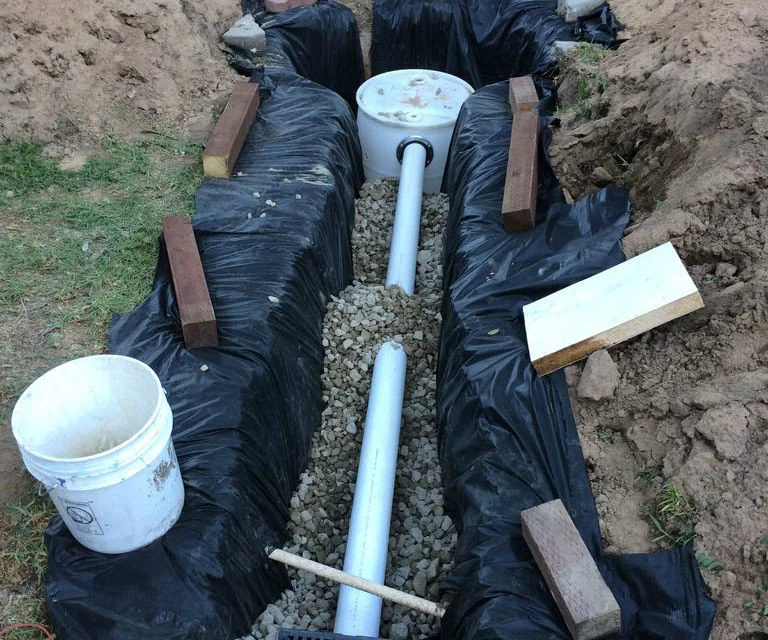

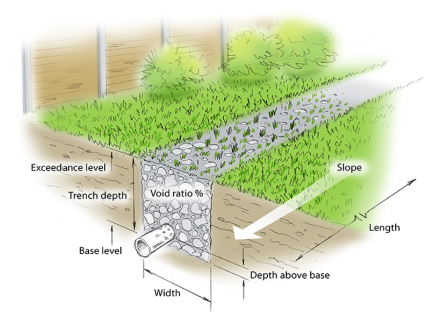
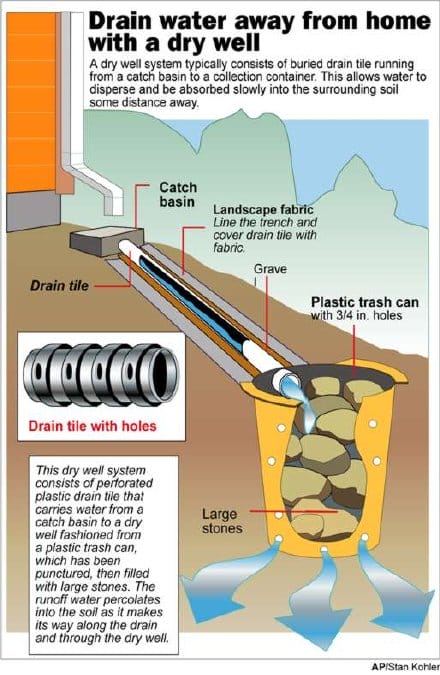
Incorporating dry wells into backyard drainage systems offers a practical and environmentally conscious approach to managing excess water. By exploring various design variations and installation techniques, homeowners can customize solutions that effectively address their specific drainage needs while enhancing the overall appeal of their outdoor spaces. Whether opting for traditional gravel-filled pits or innovative modular systems, investing in dry well technology promises long-term benefits for both property owners and the environment alike.
Share this post:
Check other topics that may help you get more insights for your project:





